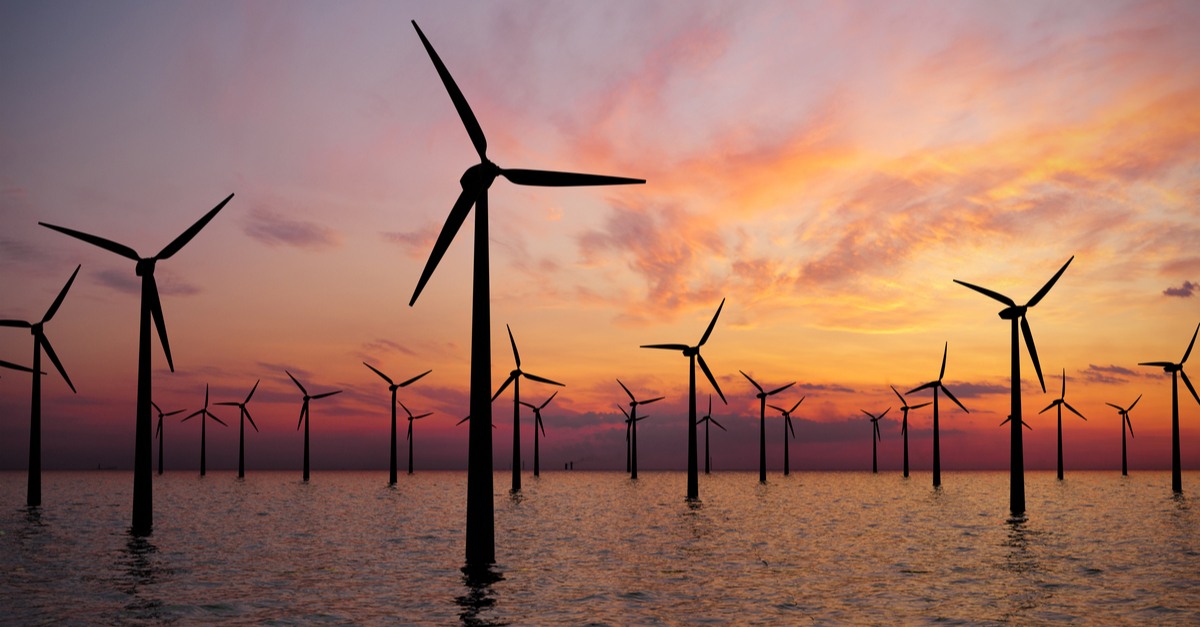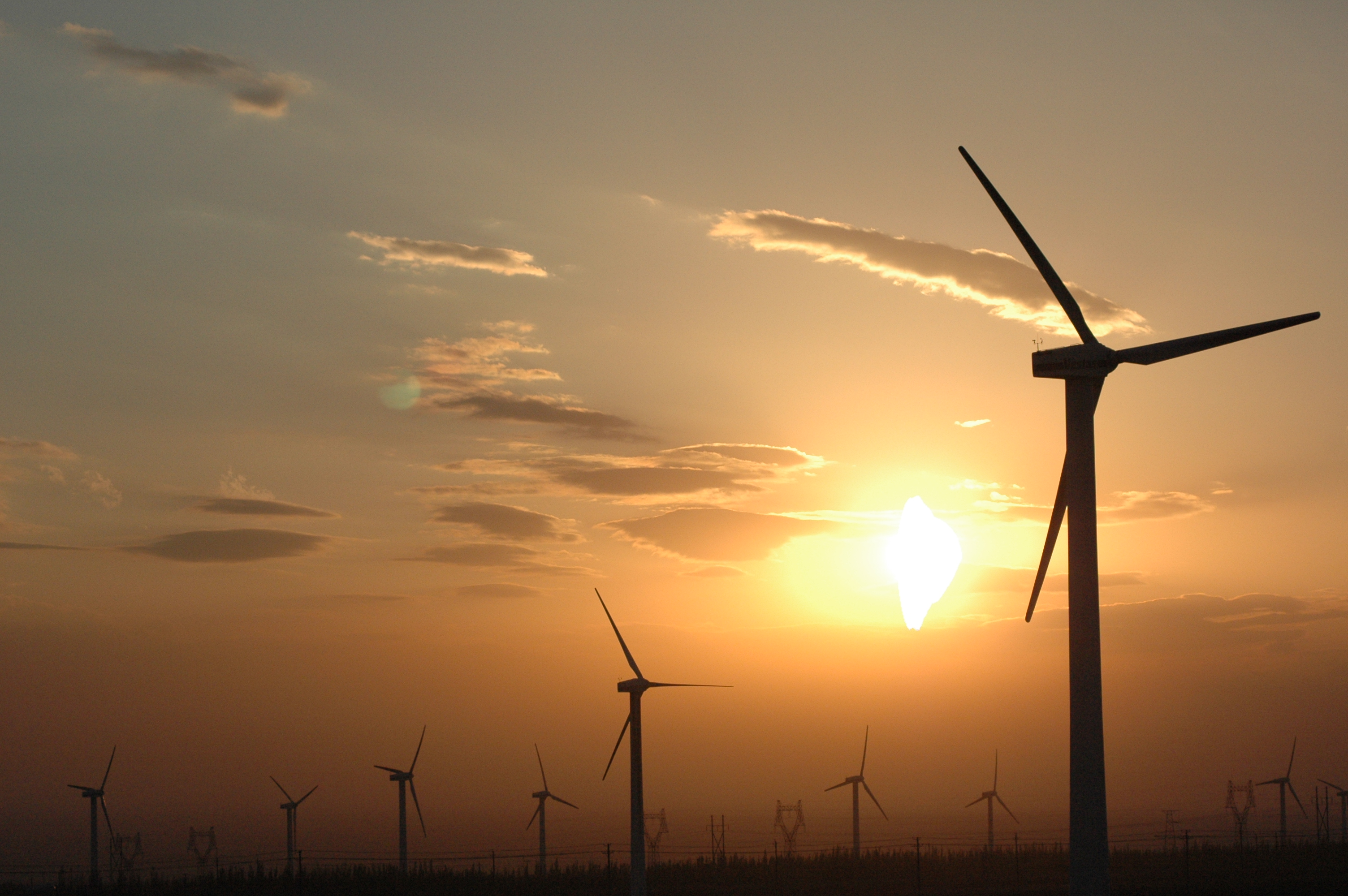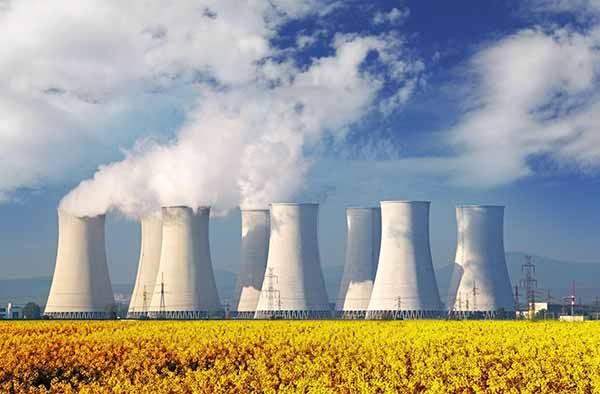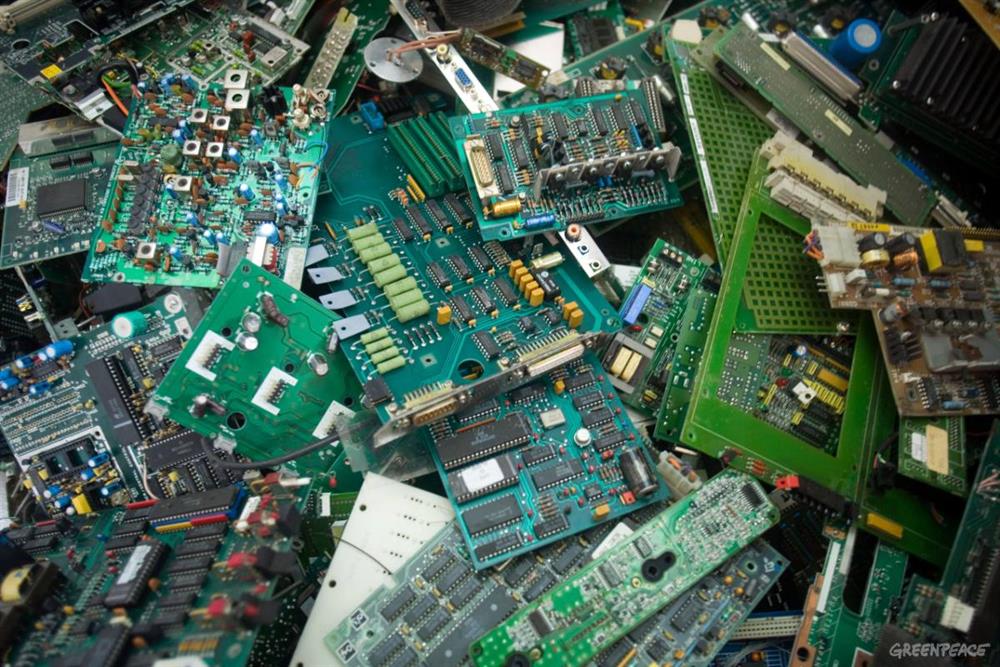Importance of Carbon Capture Technology

Current Landscape
Green energy is undoubtedly the future. With the ever growing climate crisis, switching from fossil fuels to renewable energy is inevitable if we want to prevent the harmful effects of global warming of course. But in order to evaluate the long-term use of green energy we must look at the efficacy and efficiency of these renewable energy sources if we want to transition out of dominant energy sources such as coal and natural gas. After looking at different factors, it is clear which energy source is the current leader of renewable energy: wind.
Wind Energy is the Future
Although wind energy only accounts for 2.2% of total energy in the world, it remains the second most widely used energy source behind hydropower. The U.S Department of Energy estimates that by 2050, the wind energy sector can make up to 35% of U.S electrical production. Additionally, the Global Wind Energy Council and Greenpeace International have estimated that “wind power could provide as much as 25 to 30% of global electricity by 2050.” The future of wind energy is very bright and is surely in our plans for re-inventing a greener future.

Efficiency and Safety
One of the ways wind energy proves to be a leader in renewable energy is its efficiency. Their efficiency can range from the mid 30s to 50% while emitting zero carbon emissions. This is in comparison to other renewable energy like solar which only boasts up to 20% efficiency. We can even compare its efficiency to sources like coal. Wind produces a staggering 1164% of its original energy whereas coal only retains about 29% of its original energy. In theory, wind energy cannot retain a 100% efficiency rate. If that were the case then the wind turbines would in fact stop turning and wouldn’t be able to produce electricity. Wind energy is also safe considering the refining process of elements like steel, copper and concrete are relatively safe while also requiring cheap production costs.
Here's a video on how wind energy works presented by the U.S Department of Energy:
Challenges
As efficient and safe as wind energy is, it presents itself with problems as well. Wind energy needs a lot of land and must be in areas where wind is sufficiently present for the turbines to generate electricity. Wind energy is mostly present in rural, farm areas and if we want to elevate wind energy’s impact in the energy sector we need to allow its impacts to be felt in urban settings as well. The location-specific criteria of installing wind turbines is a problem that we face but all in all, the advances in wind energy have shown tremendous growth and have challenged fossil fuels in efficiency and safety.

